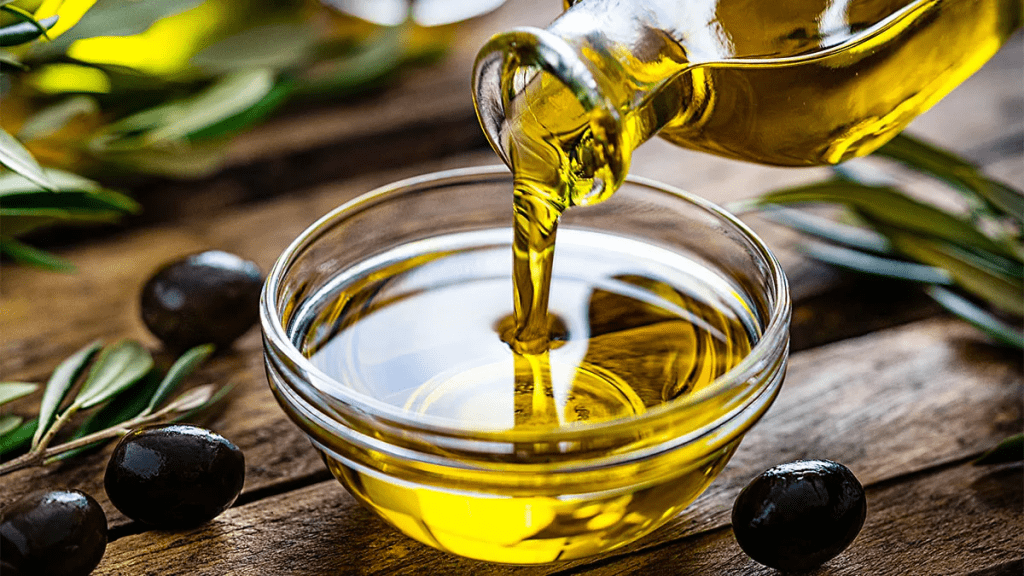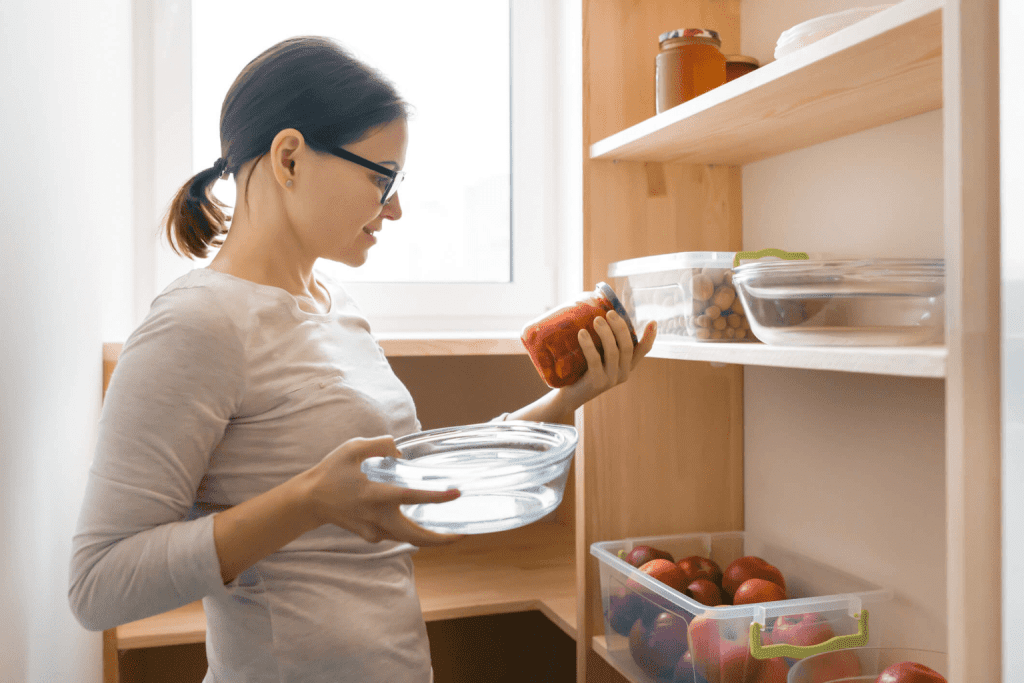Many of us habitually stash nearly every grocery item in the fridge, believing it’s the best way to keep things fresh. But did you know that some foods actually lose their flavor, texture, and nutritional value in cold temperatures? Storing certain foods in the refrigerator can sometimes do more harm than good, causing them to spoil faster and waste more. In this article, we’ll uncover ten common ingredients that should never be refrigerated and share proper storage tips to help you maximize their quality and shelf life.

The Science Behind Refrigeration and Food Quality
Refrigeration is an effective way to slow bacterial growth in perishable foods. However, cold temperatures can negatively affect certain ingredients by altering their molecular structure, which can diminish their taste, texture, and nutritional content. Understanding which foods thrive outside the fridge can help you preserve their quality and enhance your culinary creations.
Why Not Everything Belongs in the Fridge
While refrigerators work wonders for many items like dairy products, meats, and some fruits and veggies, they aren’t suitable for all. Some ingredients need room temperatures to ripen correctly, retain their flavor, or simply last longer. Here’s a list of ten items you’re better off storing outside the refrigerator and how to keep them fresh.
1. Tomatoes
Tomatoes can quickly lose their flavor and texture when refrigerated. Cold temperatures halt the ripening process, leaving tomatoes mealy and bland. For the best taste, keep tomatoes at room temperature, away from direct sunlight, and allow them to ripen naturally.
2. Potatoes
Potatoes should never be refrigerated. Cold temperatures convert potato starch into sugar, altering both the flavor and texture and causing them to turn dark when cooked. The best place for potatoes is in a cool, dark, and dry area, like a pantry or cellar, where they can stay fresh and maintain their natural texture.
3. Onions
Onions thrive outside the fridge. Refrigeration introduces moisture, which can make onions soft and moldy, leading to faster spoilage. They need plenty of air circulation, so store them in a dry, well-ventilated area, preferably separate from potatoes, as they can make each other spoil faster.
4. Garlic
Storing garlic in the fridge can cause it to sprout, lose its flavor, and turn rubbery. Instead, keep garlic in a cool, dry, dark place with good ventilation, such as a mesh bag in a pantry. This will allow it to retain its bold flavor and freshness for longer.
5. Bread
While it may seem logical to keep bread in the fridge, the cold actually speeds up the staling process due to starch recrystallization. To enjoy fresh bread, store it in a breadbox or a paper bag at room temperature. If you need to store it longer, freeze it and thaw slices as needed.
6. Honey
Honey is a natural preservative, so there’s no need to refrigerate it. Cold temperatures cause honey to crystallize and turn grainy. For smooth, sweet honey, keep it at room temperature in a tightly sealed container, where it will stay fresh indefinitely.
7. Coffee

Coffee beans and grounds are extremely sensitive to moisture and odors, so storing them in the fridge can compromise their flavor. Instead, place coffee in an airtight container in a cool, dark cupboard to keep its aroma and taste intact.
8. Avocados
Refrigerating unripe avocados can slow down the ripening process, which is essential for their rich, creamy texture. Keep avocados at room temperature until they ripen. Once they’re ripe, you can move them to the fridge to extend their shelf life by a few more days.
9. Bananas
Bananas don’t do well in the fridge, as cold temperatures can cause them to lose flavor and develop brown spots quickly. It’s best to leave bananas at room temperature to let them ripen naturally. If they ripen too fast, refrigerate them to slow down the process, but expect the peels to darken.
10. Olive Oil

Olive oil solidifies and becomes cloudy when refrigerated, which can affect its usability. To keep it in optimal condition, store olive oil in a cool, dark place like a pantry. This will preserve its liquid state and maintain its quality for a longer period.
Proper Storage Tips for These Ingredients
Knowing how to store your ingredients properly can help them last longer and taste better. Here are some quick tips for each item:
- Tomatoes: Place on the countertop away from direct sunlight.
- Potatoes: Keep in a cool, dark, and dry spot like a pantry.
- Onions: Store in a dry, well-ventilated space, separate from potatoes.
- Garlic: Hang in a mesh bag or store in a cool, dark place.
- Bread: Use a breadbox or paper bag; freeze for longer storage.
- Honey: Keep in a tightly sealed container at room temperature.
- Coffee: Store in an airtight container in a cool, dark cabinet.
- Avocados: Leave on the countertop until ripe, then refrigerate to slow ripening.
- Bananas: Allow to ripen at room temperature, refrigerate if necessary to slow further ripening.
- Olive Oil: Store in a dark cupboard or pantry.

Conclusion: Rethink Your Refrigerator Usage
When it comes to food storage, a refrigerator isn’t always the answer. Understanding which ingredients benefit from room temperature can help maintain their flavor, texture, and freshness, saving you from unnecessary food waste. Next time you’re putting away groceries, take a moment to consider where each item truly belongs. By using your fridge more strategically, you’ll ensure your ingredients stay fresher, tastier, and ready to elevate your meals. Happy storing!


